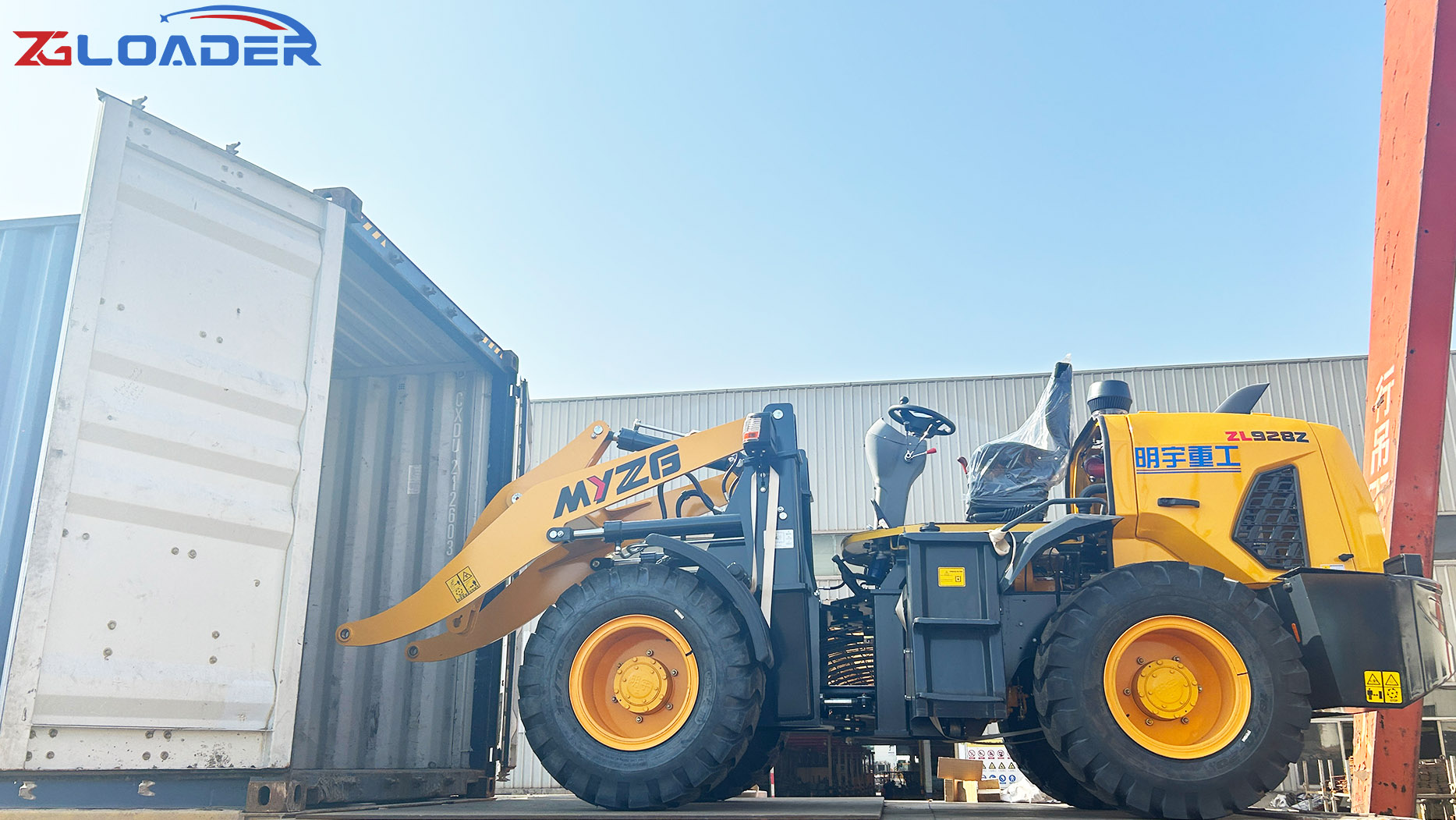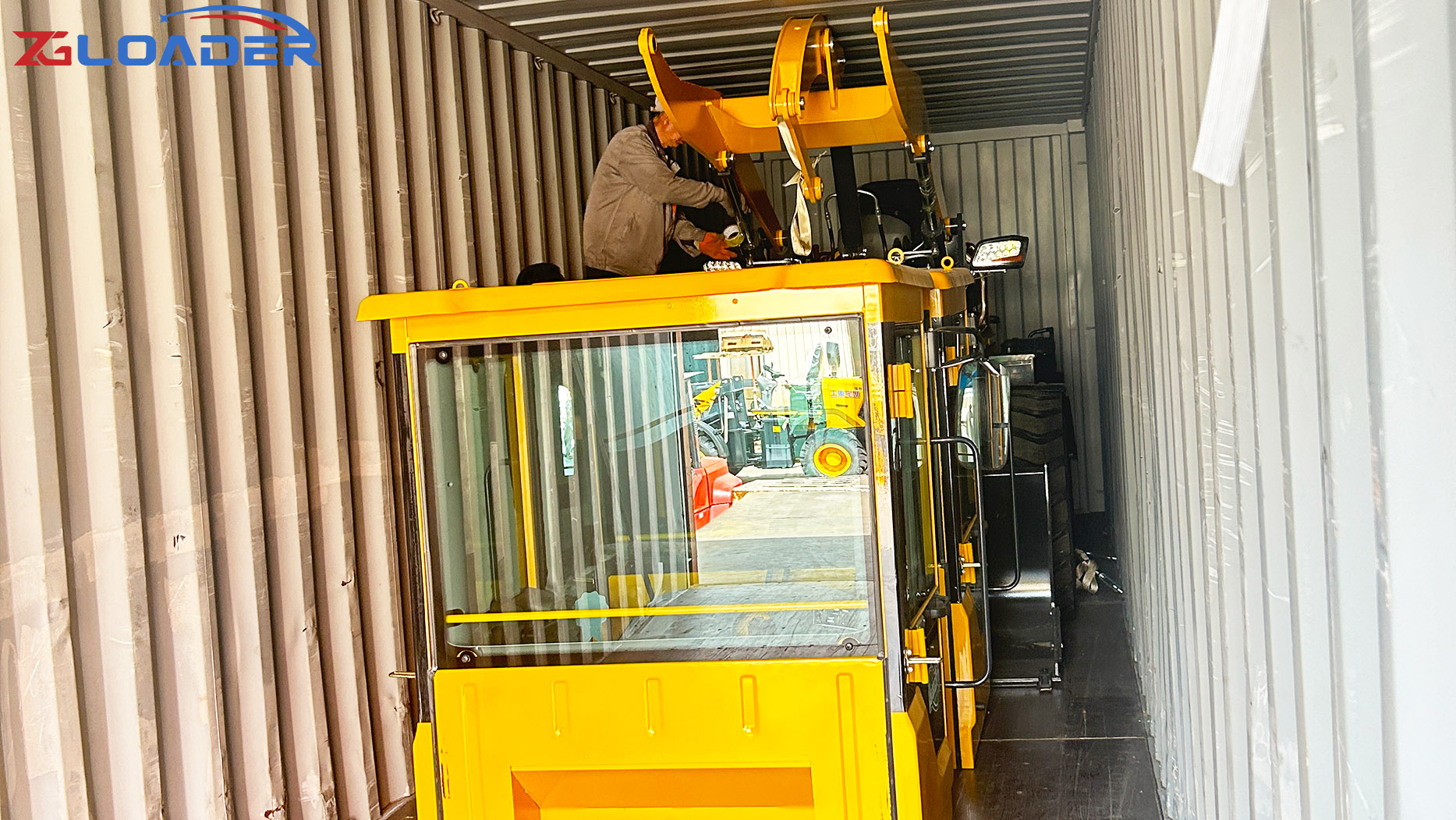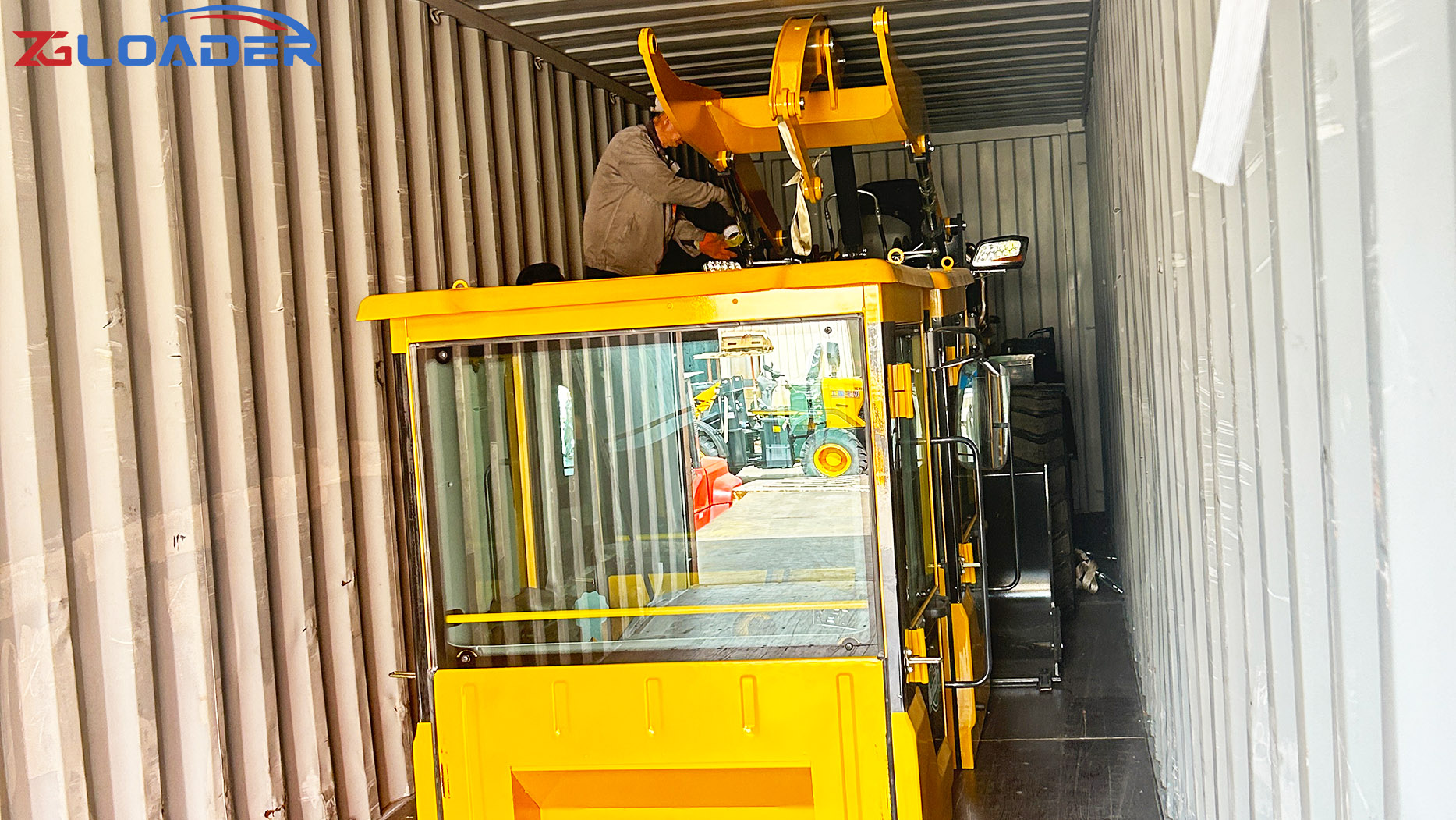Introduction
Loading a heavy piece of machinery, such as a wheel loader, without its wheels can be a complex task requiring careful planning and execution. This guide will provide a detailed breakdown of the process, including essential equipment, safety considerations, and step-by-step instructions.
Understanding the Challenge
The primary challenge in loading a wheel-less loader lies in its weight and the difficulty in maneuvering it without wheels. This requires specialized equipment and techniques to lift and transport the machine safely and efficiently.

Essential Equipment
To successfully load a wheel-less loader, you'll need the following equipment:
Heavy-Duty Forklift: A forklift with sufficient lifting capacity to handle the weight of the loader.
Hydraulic Jacks: These will be used to lift the loader off the ground.
Straps or Chains: These will secure the loader to the forklift or trailer.
Wheel Chocks: These will prevent the loader from rolling while it's being lifted.
Safety Gear: Hard hats, safety glasses, gloves, and steel-toed boots.
Step-by-Step Process
Prepare the Loading Area:Clear the Area: Ensure the area around the loader is clear of obstacles and debris.
Level the Ground: Level the ground to provide a stable surface for the forklift and the loader.
Position the Forklift: Position the forklift close to the loader, ensuring it has enough room to maneuver.
Prepare the Loader:
Lower the Loader: Lower the loader's arms and bucket to minimize its height.
Secure Loose Parts: Secure any loose parts, such as hydraulic hoses or electrical cables.
Chock the Wheels: If the loader still has wheels, chock them to prevent movement.
Lifting the Loader:
Position the Forklift: Position the forklift forks under the strongest points of the loader's frame.
Engage the Forks: Slowly engage the forklift's forks and lift the loader slightly to ensure a secure grip.
Raise the Loader: Gradually raise the loader to a safe height, ensuring it remains stable.
Transporting the Loader:
Maneuver the Forklift: Carefully maneuver the forklift with the loaded loader to the transport vehicle, such as a trailer or flatbed truck.
Lower the Loader: Lower the loader onto the transport vehicle, ensuring it is positioned securely.
Secure the Loader: Use straps or chains to secure the loader to the transport vehicle, preventing movement during transport.
Safety Considerations

Inspect Equipment: Ensure that all equipment, including the forklift, hydraulic jacks, and straps, is in good working condition.
Wear Safety Gear: Always wear appropriate safety gear, including hard hats, safety glasses, gloves, and steel-toed boots.
Communicate Clearly: If working with a team, communicate clearly and effectively to avoid accidents.
Take Your Time: Rushing can lead to accidents. Work slowly and carefully.
Follow Manufacturer's Guidelines: Adhere to the manufacturer's guidelines for operating the forklift and the loader.
Emergency Procedures: Have a plan in place for emergency situations, such as equipment failure or unexpected movement of the load.
Additional Tips

Consider a Crane: If the loader is exceptionally heavy or difficult to lift with a forklift, consider using a crane.
Use Wooden Blocks: Place wooden blocks between the forklift forks and the loader to distribute the weight and protect the loader's frame.
Check Local Regulations: Ensure compliance with local regulations and permit requirements for transporting heavy equipment.
By following these guidelines and prioritizing safety, you can successfully load a wheel-less loader and transport it to its destination.
Post time:Dec.16.2024
